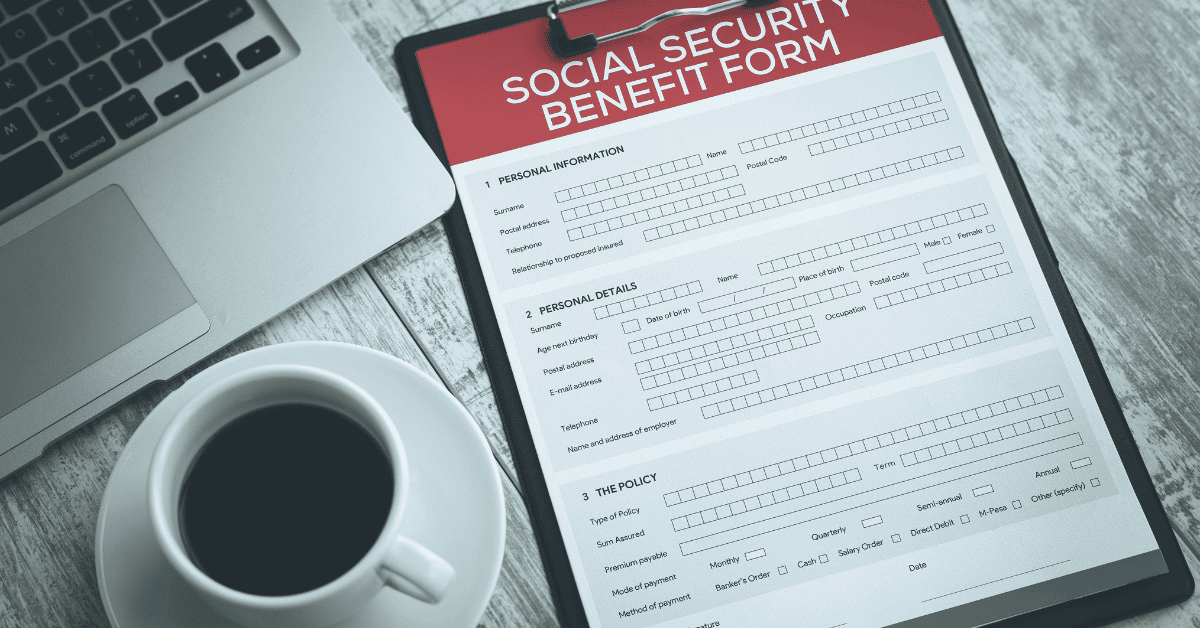In 2024, more than three million Americans filed for Social Security benefits. Further, in the first half of fiscal 2025 alone, the claim system, which includes online, telephone, hard-copy, and in-person applications, a record number of individuals applied for retirement benefits from the Social Security Administration. Without a doubt, Social Security benefits are a central part of retirement planning for most Americans. And it’s a benefit that is well-earned by decades of contributions to the fund, taken from wages and other income.
But Social Security isn’t just for wage-earners or self-employed persons. Even non-working or part-time-employed spouses—including those who are divorced—can qualify for income benefits. We mentioned spousal benefits in a previous article, but let’s dig a little deeper into the topic.
Who Qualifies for Spousal Benefits?
No one is eligible to file for Social Security benefits until at least age 62 unless they are disabled or the dependent child of a deceased worker. However, filing for benefits at age 62, which is less than full retirement age (FRA), will result in a reduced benefit for the rest of the person’s life. Waiting until FRA (age 67 for those born in 1960 or later) allows the person to receive their full benefit, and by waiting even longer, they can increase their benefit by 8% per year (until age 70, when the maximum benefit is reached).
But for a spouse who has little or no lifetime earnings record—especially typical for women who married in the late 1950s and early 1960s—it is still possible to receive Social Security benefits, based on the earnings record of a working spouse. To qualify, the applicant must be at least 62 years old and the working spouse on whose record the application is based must be eligible to receive benefits (i.e., must also be at least 62 years old; the spouse need not be actively receiving benefits but must be eligible to do so).
A divorced person may also apply for spousal benefits, provided:
- the marriage lasted 10 years or more;
- the claimant is unmarried;
- the spousal benefit is greater than the benefit the claimant would receive based on their own work record (if any);
- the claimant is at least 62 years old (i.e., eligible for early retirement under Social Security rules).
Note also that persons who have been married and divorced more than once and who meet the above criteria may choose the higher-earning ex-spouse as the basis for their spousal benefits claim. Spousal benefits may also be claimed on the record of an ex-spouse who is deceased.
Keep in mind that for divorced claimants, it matters how long they have been divorced. If it has been two years or less since the divorce was finalized, the ex-spouse must be actually receiving benefits in order for spousal benefits to be claimed. If it has been more than two years, the claimant is considered “independently entitled” and may claim spousal benefits even if the ex-spouse is not actually receiving benefits. As mentioned above, the ex-spouse must still be eligible to receive benefits, even if they are not actually receiving them. It’s also important to remember that the ex-spouse’s marital status doesn’t affect the claimant, nor will the claim affect the ex-spouse’s Social Security benefits in any way.
How Much Are Spousal Benefits?
For anyone claiming spousal benefits, the maximum amount payable is 50% of the benefit available to the earning spouse or ex-spouse at FRA. Even if the earning spouse or ex-spouse defers benefits until age 70 (past FRA) in order to increase the primary monthly benefit, it will not increase the spousal benefit beyond 50% of the FRA amount. The same is true if the claimant waits to file for spousal benefits after their own FRA.
A Note on Survivor Benefits
Finally, it’s important to distinguish between spousal benefits and survivor benefits, which are payable to a surviving spouse who is also eligible to receive Social Security (is 62 or older). The full benefit payable to the deceased spouse will be payable to the surviving spouse as long as the surviving spouse has reached FRA. If they file for survivor benefits prior to FRA, however, the benefit will be reduced permanently. Surviving spouses who were receiving a spousal benefit prior to their spouse’s death are typically switched over automatically to the higher survivor benefit.
At Mathis Wealth Management, we work with clients to help them take advantage of all available sources of retirement income. To learn more, visit our website and read our article, “Retirement Newbie: Creating a Smooth Transition for Your First Year.”












